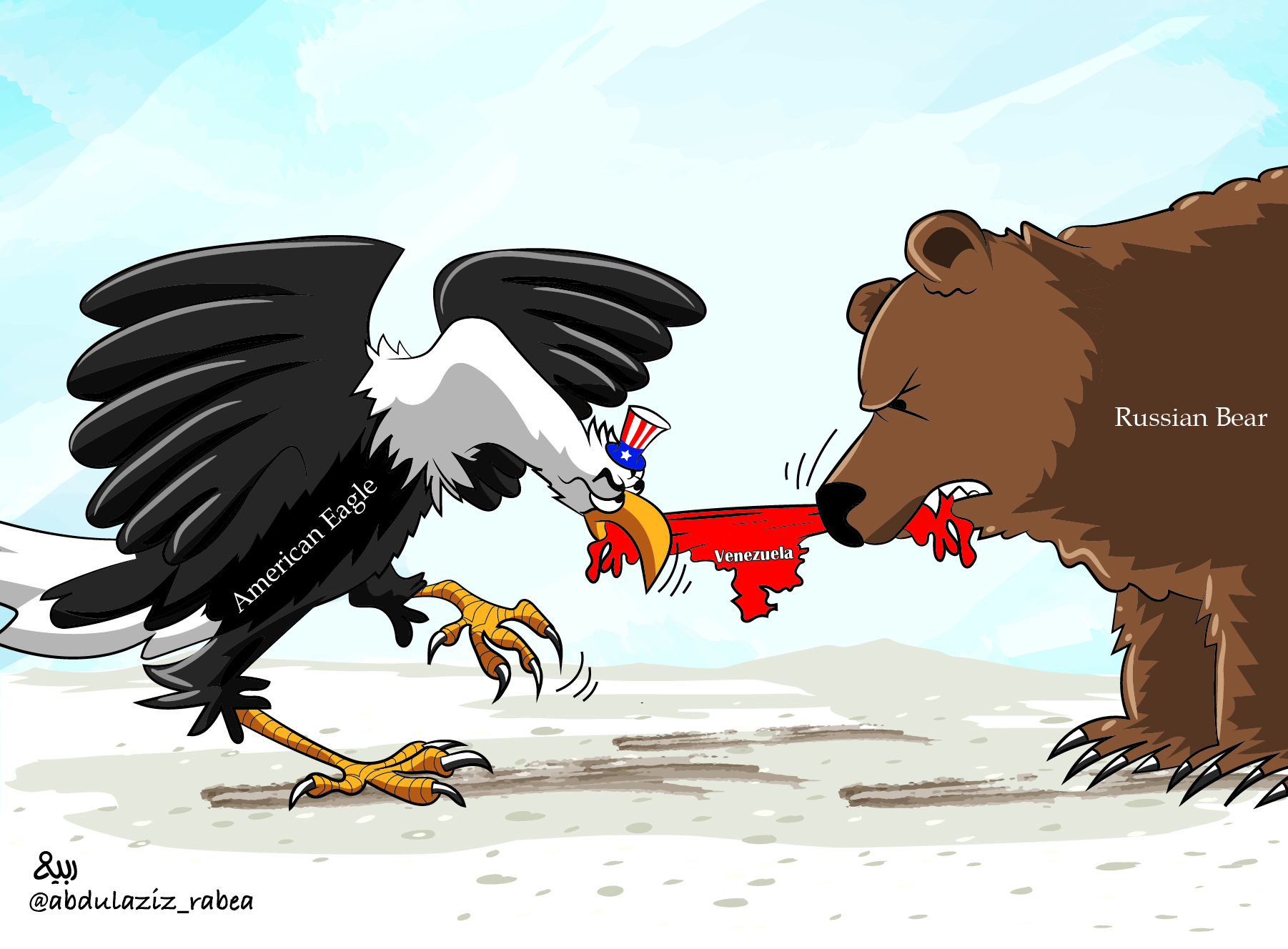
Rabigh Mangrove Forests: Natural Lung Restoring Ecological Balance, Enriching Biodiversity
The beaches of Rabigh Governorate, located north of Makkah Region along the Red Sea coast, showcase the critical importance of coastal vegetation, where mangrove forests and other trees form integrated ecosystems that restore environmental equilibrium and protect the shoreline from erosion and pollution.
On the southern coast of Rabigh, the Al-Kharrar area stands out as a rich habitat where mangrove trees of the Avicennia marina species thrive. These trees form a lush green belt along the intertidal zone, an area where the soil is rich in organic matter and highly resistant to salinity. This unique environment provides a fertile habitat for marine and terrestrial life, supporting small fish, mollusks, and coastal birds that use the branches and shallow waters for breeding and feeding. The area offers a picturesque scene, blending the clear sea, serene sunsets, and the graceful flight of migratory birds.
Among the most notable initiatives to protect Rabigh’s mangroves is an extensive campaign launched by Petro Rabigh in cooperation with the National Center for Vegetation Cover Development and Combating Desertification. The initiative aims to plant 10,000 mangrove seedlings in the Al-Kharrar area as part of the Saudi Green Initiative. The value of these forests extends beyond environmental importance to include social and economic benefits, providing livelihoods for local fishing communities and serving as an eco-tourism destination. Nature and adventure enthusiasts are drawn to the area for kayaking through mangrove channels and exploring its unique natural beauty.
According to geomorphological studies by Petro Rabigh, the targeted area spans approximately 535 square kilometers. Vegetation covers about 4 square kilometers, constituting nearly 1 percent of the total area. Furthermore, the recorded presence of over 200 species of phytoplankton and algae within Rabigh's mangrove ecosystem highlights its remarkable biodiversity.
Mangrove forests and coastal vegetation in Rabigh significantly mitigate climate change by storing "blue carbon" and reducing CO2 emissions. Additionally, they protect coastlines from erosion, enhance climate resilience, and maintain ecological balance. Moreover, they serve as vital habitats and primary food sources for numerous species, forming the foundation of an integrated food chain essential to marine life sustainability.








